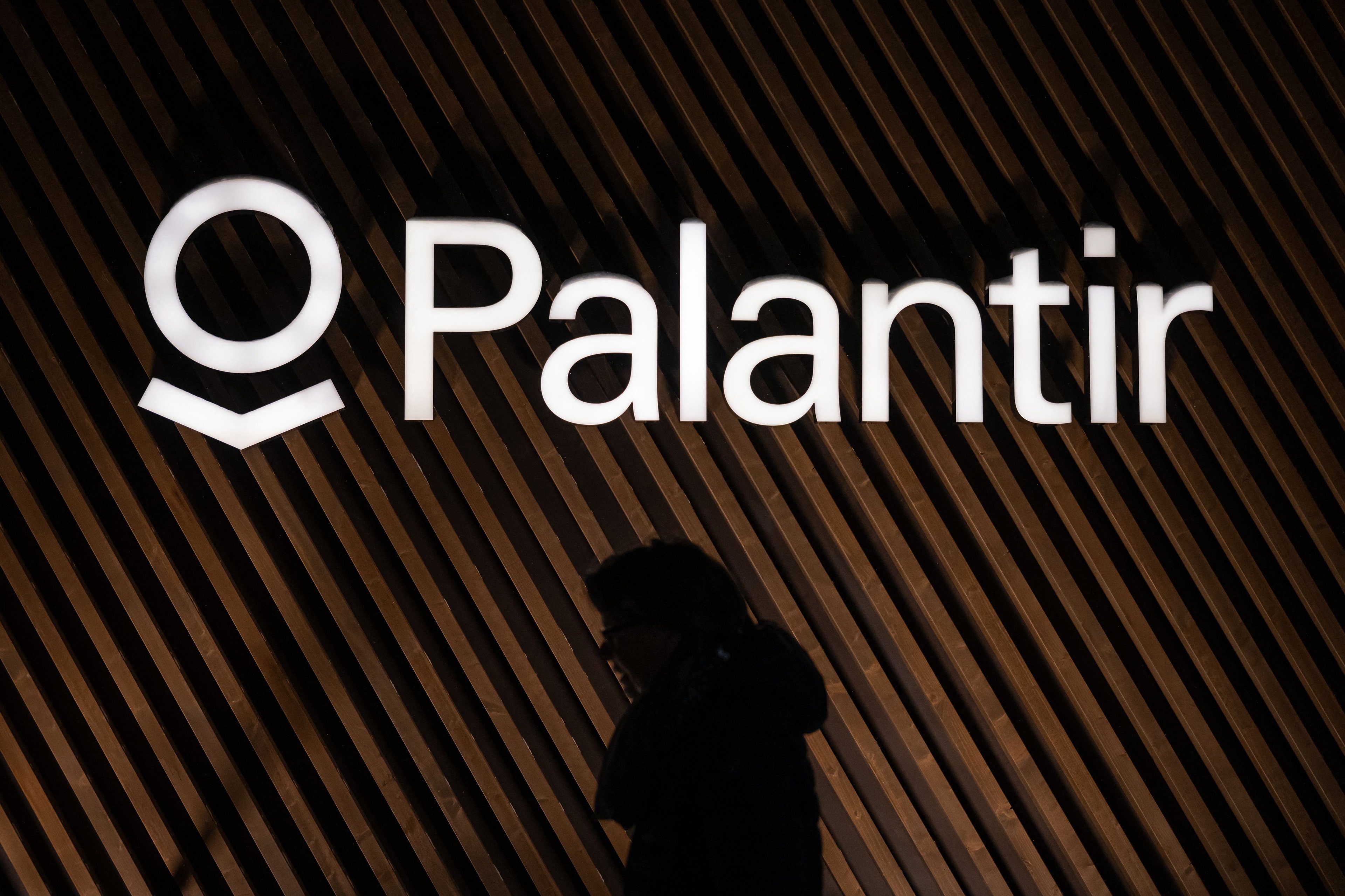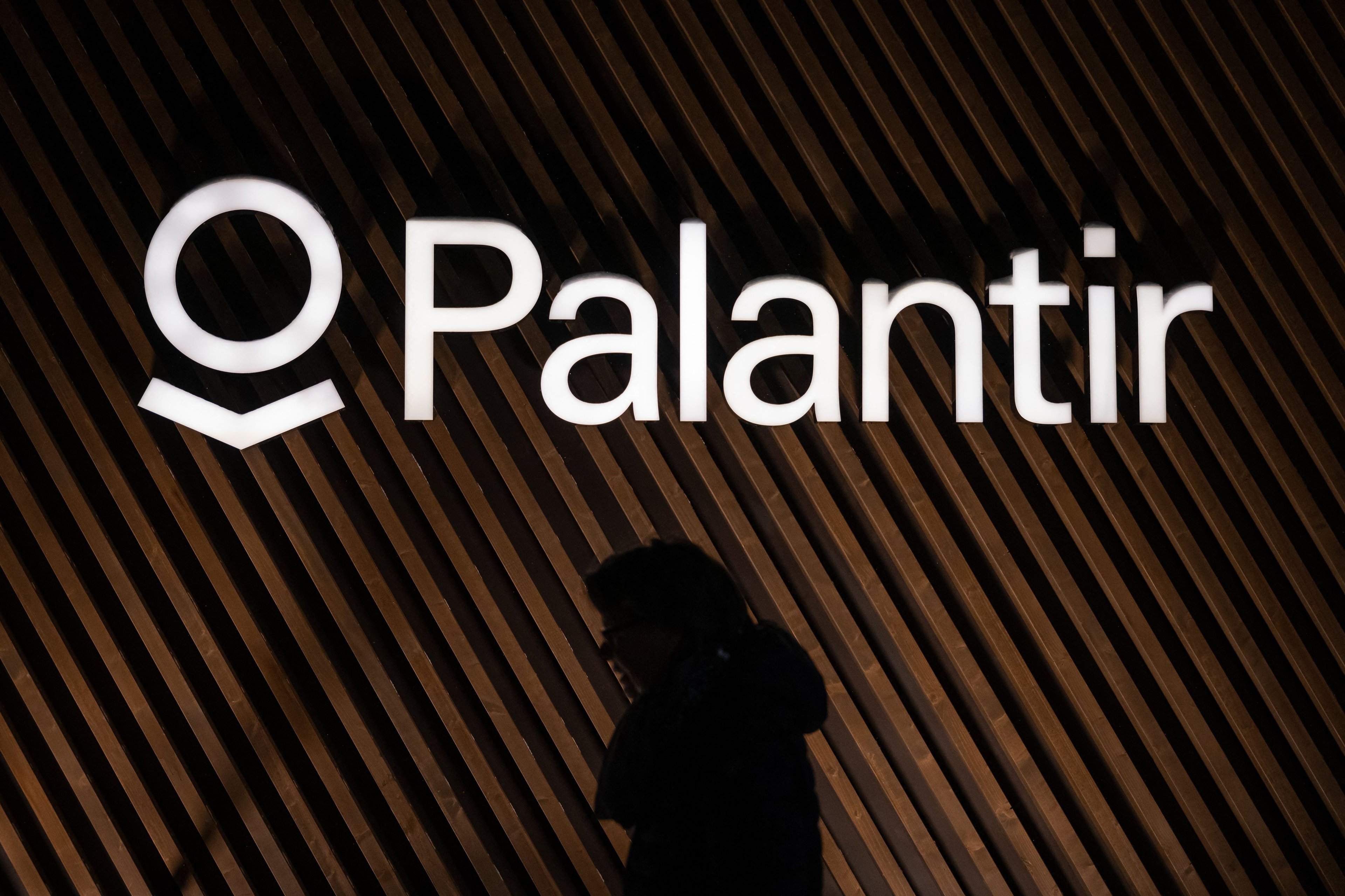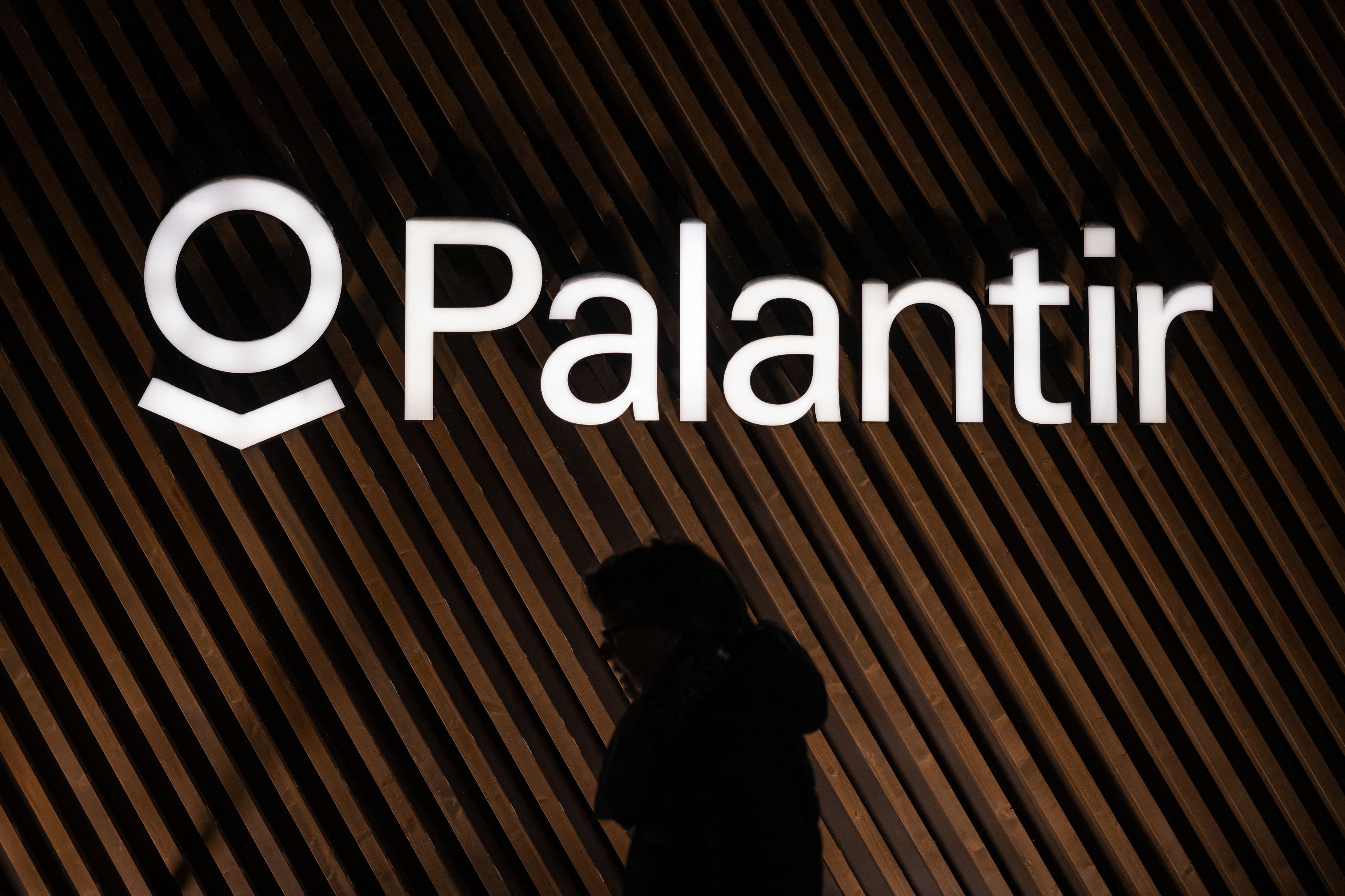Palantir (PLTR 2.15%) has dazzled investors over the last few years as it has emerged as one of the biggest winners in the artificial intelligence (AI) boom.
The stock has taken off since it launched its Artificial Intelligence Platform (AIP) in the spring of 2023. That new tool combined with its existing products to unleash the power of generative AI with its deep data analytics, making it easier for its customers to make connections in their data and find the information they need.
Palantir was the top-performing stock in the S&P 500 index last year, and is the second-best performer so far this year, behind only Seagate Technology.
Image source: Getty Images.
How it has fared over the last three years
Palantir went public in 2020. The stock initially popped, but then sold off in the tech rout in 2022, which made the latter part of that year a particularly great time to buy it.
If you had invested $100 in Palantir in September three years ago, you would now have a position worth $2,145, giving you a return of more than 2,000%. That would have trounced the S&P 500 and virtually any other stock you could have owned during that time.
Palantir made those gains by going from an unprofitable, slow-growth company to a high-margin, high-growth company, and building a strong competitive advantage in AI analytics along the way.
Its revenue growth has accelerated in each quarter for the last eight quarters, and its operating margins have improved steadily as well.

NASDAQ: PLTR
Key Data Points
Is Palantir still a buy?
Palantir's business is firing on all cylinders, but there is one major reason to be cautious with the stock now.
Most of its gains have come from multiple expansion, meaning the valuations of the stock have been bid up tremendously. It now trades at a price-to-sales ratio of 115 and a price-to-earnings ratio of 520. Those multiples aren't sustainable for any stock, and they price in a lot of anticipated growth. The stock could still move higher from here, but investors should be aware that Palantir's current valuation puts it at substantial risk for a sell-off.





